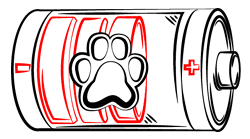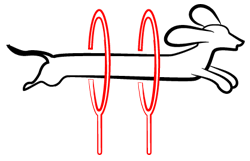
Paws ‘N’ Pups Quickview
Size
| Energy Level
| Trainability
| Paws ‘N’ Pups Rank
|
Characteristics
| Physical Characteristics: Height: 7-12” Weight: 3-7 lbs. Energy Level: Moderate | Health & Longevity: 12-16 years Breeders screen for the following conditions:
Dental issues are a very common problem, as are allergies. Collapsed trachea occasionally occurs and epilepsy is also seen. |
| The American Kennel Club recognizes the Pomeranian in 18 colors and 9 color patterns. There are many other colors produced, including parti-color, or “Parti Poms”. |
Originally used as a sled dog, Pomeranians have been bred down to today’s adorable, plucky little bundle of personality plus. The smallest spitz dog, Poms have big personalities in a compact package. They are opinionated and vocal, as well as playful and super affectionate with their family. Poms don’t appreciate being left alone a lot and are also not the best choice for families with young children. Oversized Poms can be found that weigh in the neighborhood of 15-20 lbs.; these would be a better choice for children. Many Pomeranian’s enjoy the company of children; still, toddlers are not a good idea, even for an oversized Pom. Just as your dog will need careful socialization to learn appropriate behavior around children, your children must be taught how to properly interact with your Pomeranian. Never allow children to pull ears, poke eyes, etc. Children should be taught how to recognize when a dog needs a break and give them space. The lower exercise needs of the Pomeranian are easily satisfied with house or yard playtime, but they greatly enjoy walks. A harness should be used for walking rather than attaching the lead to the collar, which can cause undue pressure on their tracheas.
Temperament & Train-ability
Some Pomeranian’s can be wary of strangers and unknown dogs, but early socialization will help them to be more comfortable and appropriate. Many Poms are social butterflies and never meet anyone they don’t welcome with enthusiastic open arms. Natural busybodies, Poms want to investigate every sight and sound, and usually share their opinions. Their size and sociability usually make them decent choices for apartments, although they may need to be taught “quiet”, and should not spend long hours alone, where boredom barking might be a problem. Usually a good choice for novice dog owners, they also make fantastic companions for seniors.
Pomeranian’s do not handle high temperatures and humidity well, and must be given a cool spot with free access to water. Exercise, including walks, must be provided only during early morning or nighttime when temperatures are lower. With their thick coats, Poms tolerate cooler temperatures well. Poms usually enjoy being outside when the weather isn’t too hot, but a very secure yard is mandatory; they can squeeze out of very small spaces. Other outdoor dangers include being attacked by hawks, eagles, coyotes and large dogs. A Pomeranian should never live outdoors.
Alert and vigilant, Pomeranian make great watchdogs. Poms can live with other dogs, but some may react poorly to strange dogs; care should be taken to teach them how to interact with other dogs to ensure their safety. Since they do not realize their small size, challenging a larger dog is dangerous, and your Pomeranian will need vigilant supervision.
Intelligent and quick-minded, training a Pomeranian is usually easy, especially utilizing positive reinforcement methods, which are recommended. Harsh methods will destroy the trust and bond that you treasure, and your happy little dog may begin to cower, confused and afraid. Training in short sessions and interspersing play will be effective and enjoyable for both of you. Many Poms enjoy playing with toys, which makes a great reward. Pomeranian’s compete in many sports, from obedience and agility to tracking and nose-work; they can make outstanding therapy dogs as well. One pitfall of living with a darling little dog like the Pomeranian is the ease with which they can manipulate us with their charm. Remember, your Pom is still a dog, and teaching them how you want them to behave can be fun for both of you. Teaching tricks is a great activity to share with your Pom, who will love being the center of attention when showing off their skills, and provides great exercise and mental stimulation.
House-training a Pomeranian can be challenging, but if you plan and are consistent, it can be accomplished. Many owners opt for an indoor potty option for their small dogs, such as pee pads or another type of potty tray. This ensures an acceptable location for the dog to relieve itself is always close by, reducing the likelihood of accidents in unwanted places. Pomeranian’s have very small bladders, and the option to relieve themselves when they need to can be helpful for everyone.
Grooming
Sporting the classic double coat of the spitz, The Pom’s profuse double coat is comprised of a dense undercoat and an outer coat that stands out from the body, giving them their “poofy” appearance. They will require weekly brushing to maintain skin health and check for mats; some of the hair that sheds out will remain in their coat and can easily turn to mats if not removed. Twice a year, in the spring and fall, they will shed heavily, and brushing needs to be done daily during this time.
Ears must be cleaned regularly, and toenails will need to be trimmed, as most Pomeranian’s will not wear their nails down even if walked on concrete. Teeth must also be checked and cleaned regularly.
Diet
Most Pomeranian’s will eat about 1/4-1/2 cup of food per day, fed in two meals; free feeding should be avoided, as some Poms are prone to becoming overweight. However, that amount can vary depending on age, activity level, and type of food fed. If your Pomeranian experiences food-related allergies and sensitivities, some experimentation to find a food your dog can tolerate may be needed. A constant supply of fresh, clean water must always be available.
Looking for a Pomeranian?
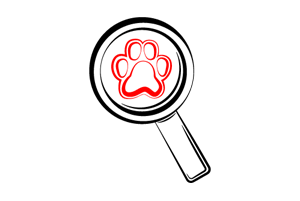 Find A Pomeranian Breeder |  Pomeranian Puppies For Sale | 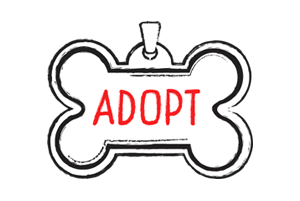 Adopt A Pomeranian |
Cost
Be aware, there is only one Pomeranian breed; those marketing “micro” or “teacup” Pomeranian’s are using marketing to sell especially tiny dogs. Those intentionally breeding for extremely small sizes often experience many health issues. There are also many rescue organizations where lovely dogs can be found; adoption fees vary widely, but are generally in the $200-$500 range.
Paws ‘N’ Pups Ranking
Paws ‘N’ Pups ranks every breed out of 4 with 1 being easiest to integrate into your life and 4 being the toughest – The lower the ranking the better.
The Pomeranian rates a 1.5; their cost is not prohibitive, they are easy to live with, even for novice dog owners. Their small size, which requires some care to avoid injury and their grooming requirements move them up from a 1 to a 1.5.
Breeds Similar To Pomeranian
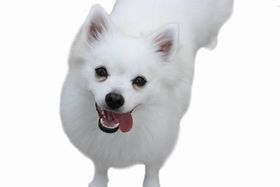 American Eskimo Dog | 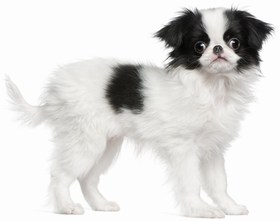 Japanese Chin | 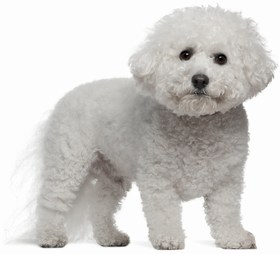 Bichon Frise | 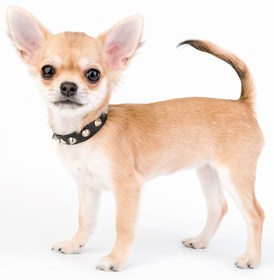 Chihuahua |


